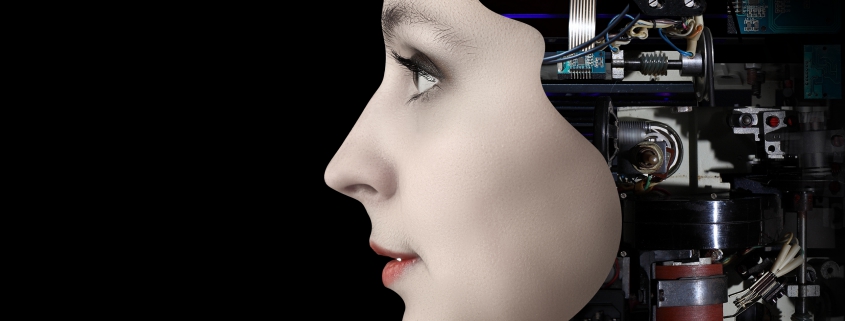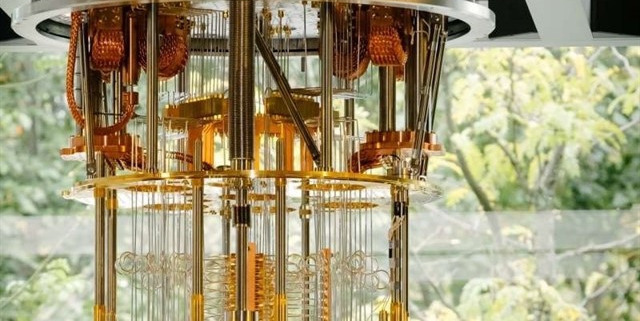
I see this question popping up over and over again. At present it may look like Autonomous Machines will carry on the technological development and we sit and watch. Well – here is my thinking:
In 1980 the end of technology was predicted
I remember a day where my boss said “I think with the invention of the 8 bit microprocessor we are at the end of technology development – we will never see a 16 bit microprocessor in commercial use.” I was laughing but he was dead serious. Little did he know that we were not at the end but barely at the beginning of the micro computer revolution.
In 2020 the end of humanity will be seriously predicted
We are very much in the infant stage of AI. If we developed a fully autonomous and self aware AI system we are really at the beginning of a new technology era. Those machines will help us reach frontiers that even SciFi authors don’t see today but will fuel a whole new era of SciFi stories soon.
By 2030 We will see early tangible results
Imagine that we will be able to calculate the least possible effort to develop purified water for all humans on earth – and just do it. Be able to produce food for every single person even at 15 Billion population. We will quickly move away from plastic robots to fully biological material based robots.
By 2050 replacing general ‘work’ with AI Tax based income
By now we may need to / are in the luxurious position to replace 50 – 100 million jobs. By taxing Autonomous Machines we can fuel a pool of UBI (Unconditional Base Income) so those people will be covered and the ones how operate such machines can still do it profitably. Going forward most people in developed countries won’t have to find a job but can do what they are most excited about and evolve to “autonomous humans” in its own right.
By 2075 Smart material development may be in full swing
The very next big thing that already started is smart material and biological material. A Doctor in Germany developed the first artificial aortic ventricle of a heart made fully from biological material. This will keep going for at least 100 years. Smart material is changing its shape and even molecular structure based on electromagnetic impulses. Countless new applications. The synthesis of smart material constructed and manipulated using – again – AI brings us to all new technological realms.
By 2100 We may reach a state of nearly abundant energy
We know that our sun is boosting unimaginable amount of energy every millisecond. Even our mother planet earth does that in its core. Today we still neither harvest that energy properly – let alone being able to emulate the phenomenon and create Terra Watts generated in a little box behind our homes.
By 2150 Body augmentation may get us to an age of 500 to 1,000 years
Then think about human body augmentation, Artificial yet biological “replacement parts” for virtually everything. Maybe not the brain by then but maybe even that.
By 2200 Terra-Forming
Again all new technologies, powerful energy generators, knowledge about space travel and planet construction. At that stage we actually need technology like AI to do a few billion iterations of possible ways to do what we want to do – a human being would never be able to do that. An AI system on the other side would never “create” the idea and suggesting: “Hey human what do you think about the idea of making Mars an inhabitable planet”.
Between 2200 and 2500 longer distance space travel
We are not giving up on that one. And we cannot. Earth will be hit by a major asteroid in the next some 100,000 years and our human brain has further developed that we actually care. We will need to find ways to leave our paradise – one day.
Between 2,500 and 3,000 crossing parts of our galaxy
No, forget space ships and forget low speed travel of 100,000 miles per hour. It will be something entirely different – we still need to develop the very foundation of the necessary physics. By that time maybe we are able to develop our own chemical elements and the new Periodic Table is more like a book.
By 5,000 we may…
wonder what next and build a fully biological being, which only needs electric power to survive. We put it into a space ship and send it to Alpha Centaur, where it should start a life on its own – never letting it know where it came from, so we don’t get unexpected visits :) We just watch it develop from a safe distance. We may visit a bit closer – just hoping they don’t discover us and think we are a UFO with extra alpha centaurical live :)
So – NO, AI is not the last innovation it is actually the first of an all new technological, economical and societal era. We won’t hit a point with no more advancement any time soon. And IF, we will advance in a very different way and laugh about our neanderthal like toys including space ships, AI, terra forming and the other primitive gimmick.
Happy innovation



